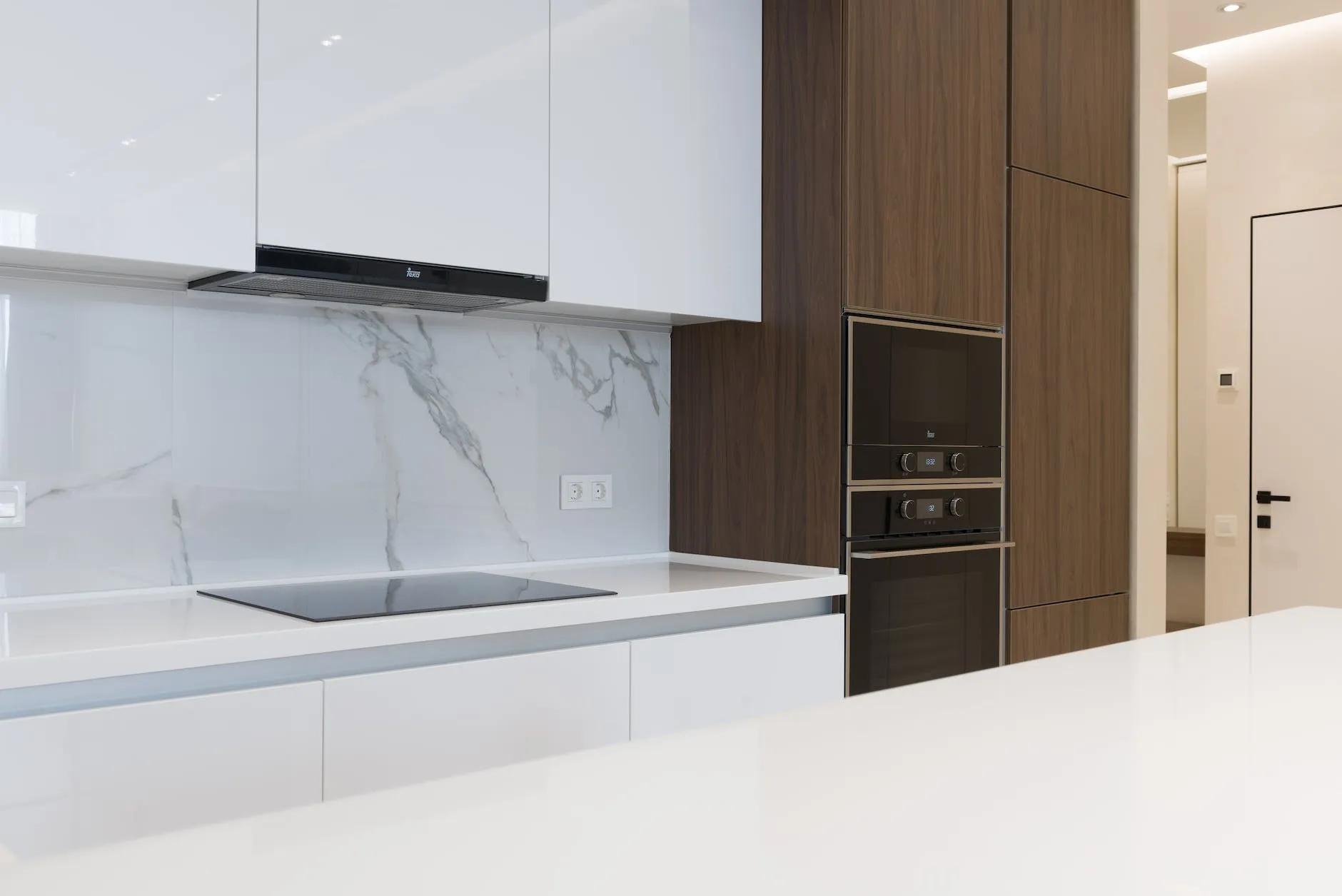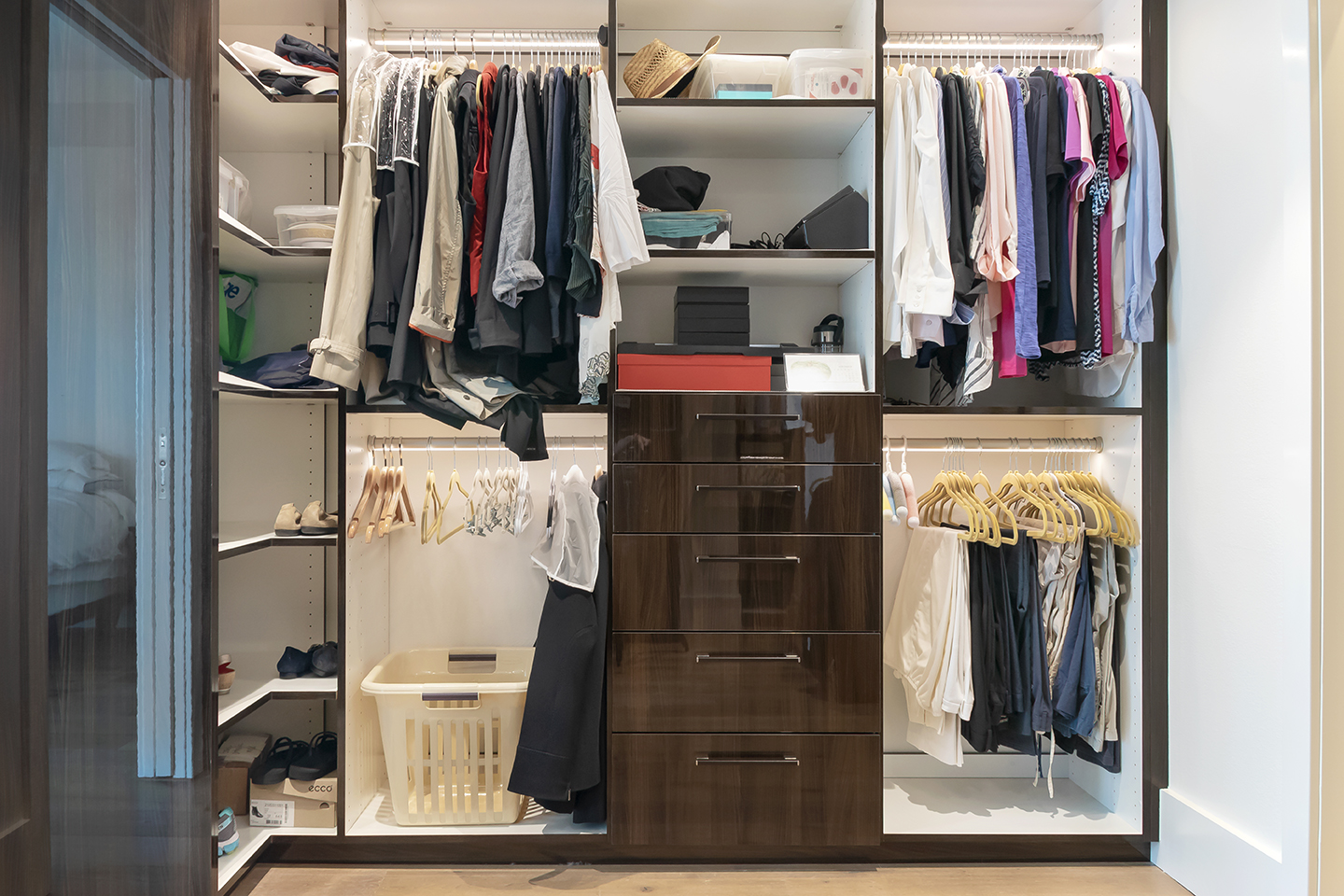Identifying the Source of the Problem

Yo, before you start slapping sealant everywhere, you gotta figure out why those cabinets are leaking in the first place. It’s like trying to fix a flat tire without knowing if it’s a nail or a huge gash – you gotta diagnose the problem before you can fix it, right?
There are a few common reasons why your cabinets might be leaking, and knowing the cause will help you choose the right sealant and fix it properly.
Identifying Potential Causes of Leaks
It’s super important to find the source of the leak before you start sealing things up. Think of it like this: if you’re trying to stop a leak in a pipe, you gotta find the hole first, right? Same thing with your cabinets.
- Improper Installation: If your cabinets weren’t installed properly, there might be gaps or cracks where water can seep in. This could be from using the wrong type of sealant, not using enough sealant, or just plain bad craftsmanship.
- Wear and Tear: Over time, the sealant around your cabinets can crack or wear down, creating gaps for water to leak through. This is like your shoes getting worn down and letting in water when it rains.
- Water Damage: If your cabinets have been exposed to water damage, the wood might warp or rot, creating gaps or holes where water can leak through. This is like when your phone gets wet and starts acting up.
Inspecting for Water Damage
If you suspect your cabinets have been exposed to water damage, you gotta inspect them carefully. Look for signs like:
- Warping: If the wood is warped or bowed, that’s a sign that it’s been exposed to water. This is like when your wood floor gets warped from spills.
- Discoloration: If the wood is discolored or stained, that could be a sign of water damage. This is like when your shirt gets stained from a drink.
- Mold Growth: If you see mold growing on or around your cabinets, that’s a definite sign of water damage. This is like when your bread gets moldy after sitting out too long.
Preparing the Cabinets for Sealing: How To Seal Bottom Of Kitchen Cabinets

Yo, so before you start slapping on that sealant, you gotta get your cabinets ready. It’s like prepping for a big party – you don’t want any spills or messes, right? So, let’s make sure those cabinets are clean and smooth.
Cleaning the Cabinets, How to seal bottom of kitchen cabinets
First things first, you gotta clean those cabinets. Get rid of all the grime and dust, so the sealant can stick properly.
Here’s how to do it:
- Start by wiping down the cabinets with a damp cloth. You can use a mild dish soap, but avoid anything harsh or abrasive. Think of it like giving your cabinets a gentle bath.
- Pay special attention to the bottom of the cabinets, where the sealant will be applied. You wanna make sure there’s no sticky residue or food crumbs hiding in those crevices.
- If you have stubborn stains, you can try a little bit of baking soda mixed with water. Just be sure to rinse it off thoroughly. Baking soda is like a magic eraser for your kitchen.
Removing Existing Sealant or Caulk
If you’ve got old sealant or caulk on the bottom of your cabinets, you gotta remove it before you apply the new stuff. This is super important, because old sealant can make the new sealant not stick properly.
- Use a utility knife or a scraper to carefully remove the old sealant. You don’t want to scratch the cabinets, so be gentle.
- If the old sealant is really stubborn, you can use a sealant remover. Just follow the instructions on the bottle carefully.
- Once you’ve removed the old sealant, wipe down the area with a damp cloth to remove any residue.
Sealing Methods and Materials

Alright, so you’ve prepped your cabinets, and now it’s time to get down to the nitty-gritty of sealing that bad boy up. You’ve got a few options here, each with its own pros and cons.
Sealing Methods
Here’s the lowdown on the most common methods:
- Caulking: This is your classic go-to for sealing gaps and cracks. It’s super easy to apply, comes in a ton of colors, and is pretty affordable. Think of it like the chill dude of sealants, easy to work with and gets the job done.
- Silicone Sealant: This sealant is a bit more flexible than caulk and is super waterproof. It’s perfect for areas that might get wet, like under your sink. It’s like the sporty friend who can handle a bit more action.
- Epoxy: This sealant is the heavy-duty champ, super strong and durable. It’s perfect for areas that get a lot of wear and tear, like your kitchen floor. It’s like the muscle-bound gym rat of sealants, super tough and gets the job done.
Choosing the Right Sealant
So, which sealant is right for you? It all depends on what you’re sealing and how much abuse it’s gonna take.
- For general gaps and cracks: Caulk is your best bet. It’s cheap, easy to use, and comes in a bunch of colors to match your cabinets.
- For areas that get wet: Silicone sealant is the way to go. It’s waterproof and flexible, so it can handle some serious moisture.
- For areas that get a lot of wear and tear: Epoxy is your champion. It’s super strong and durable, so it can handle anything you throw at it.
Applying the Sealant
Once you’ve chosen your sealant, it’s time to get down to business.
- Clean the area: Before you apply any sealant, make sure the area is clean and dry. Any dirt or debris will weaken the bond of the sealant.
- Apply the sealant: Use a caulking gun to apply the sealant in a smooth, even bead.
- Smooth the sealant: Use a damp finger or a putty knife to smooth out the sealant and remove any excess.
- Let the sealant dry: Allow the sealant to dry completely before using the cabinets. The drying time will vary depending on the sealant you use.
How to seal bottom of kitchen cabinets – Sealing the bottom of kitchen cabinets is crucial for preventing moisture damage and creating a clean, polished look. While there are various sealing methods, a simple and effective approach is using a high-quality sealant. This is particularly important if you have opted for a bold and bright choice like yellow gloss kitchen cabinets , as the color will highlight any imperfections.
Once sealed, your cabinets will be protected from spills and wear, ensuring they remain beautiful and functional for years to come.
Sealing the bottom of kitchen cabinets is crucial for preventing moisture damage and keeping your kitchen clean. While you’re working on that, consider incorporating a fresh design element with green kitchen cabinets 2019 for a modern and vibrant look.
Once you’ve sealed the cabinets, you can enjoy a beautiful and functional kitchen space.
